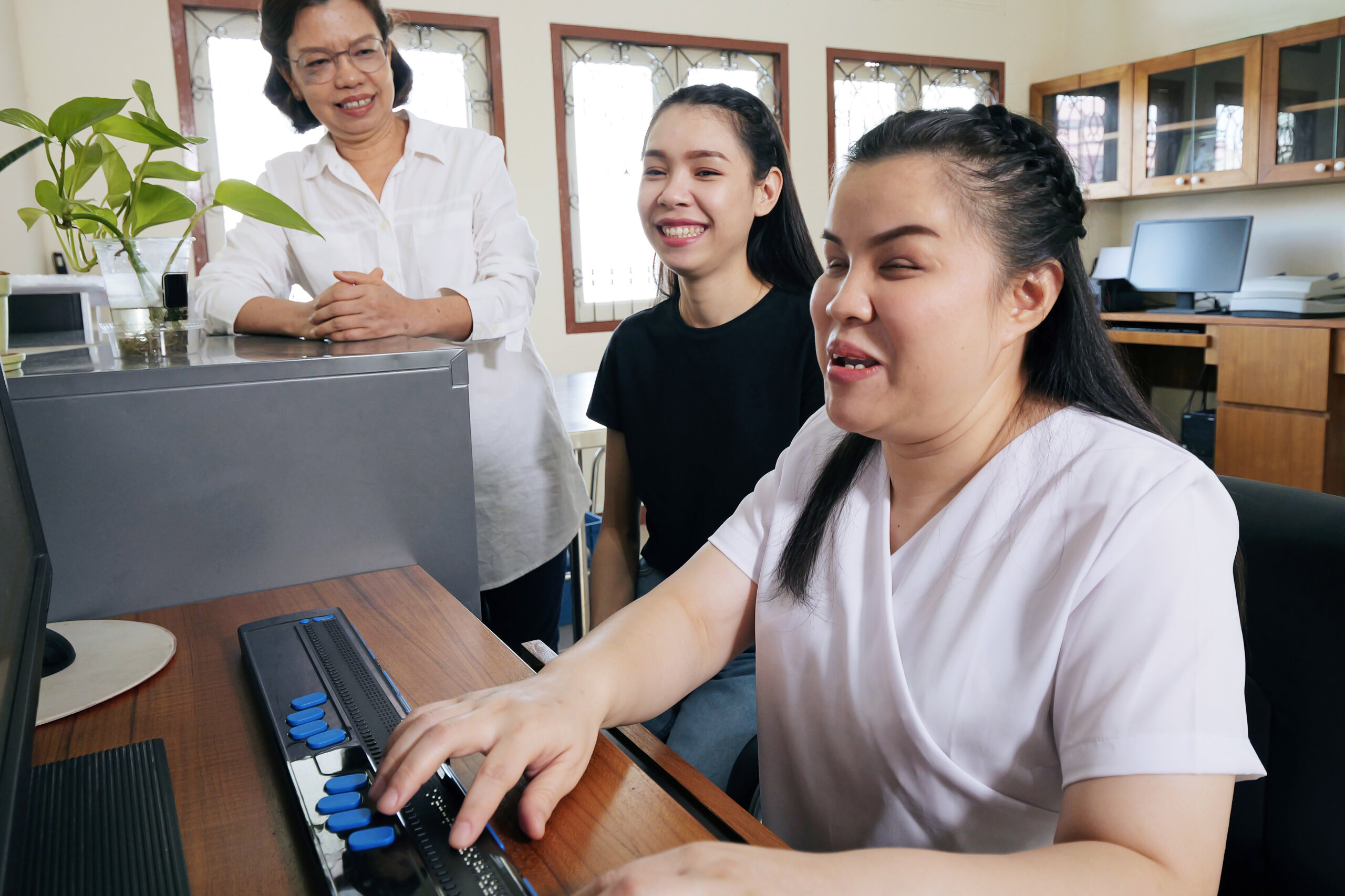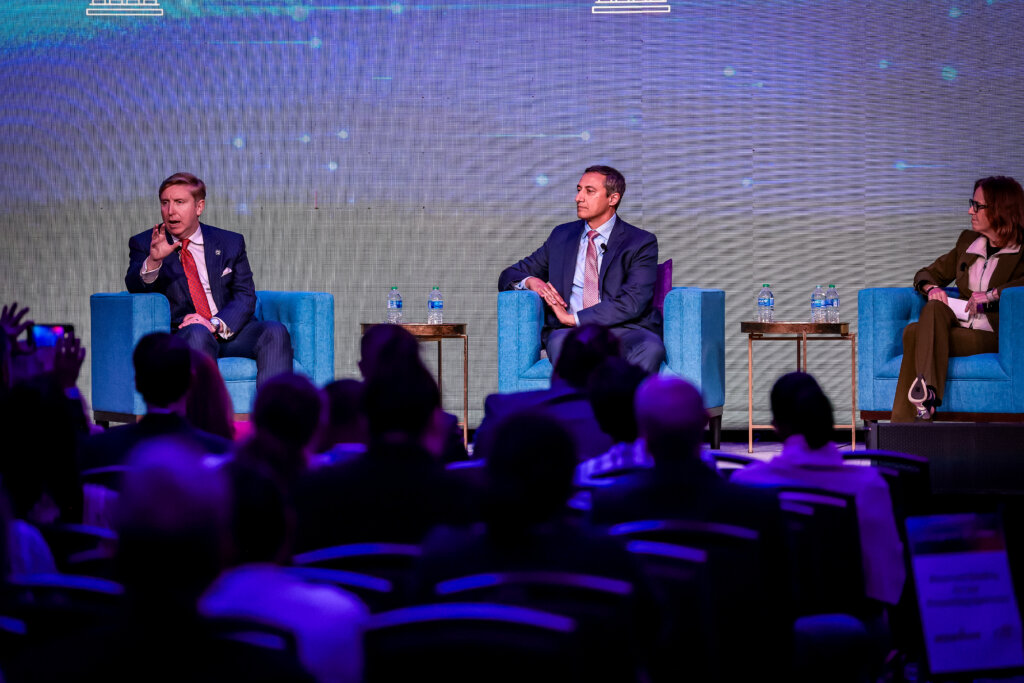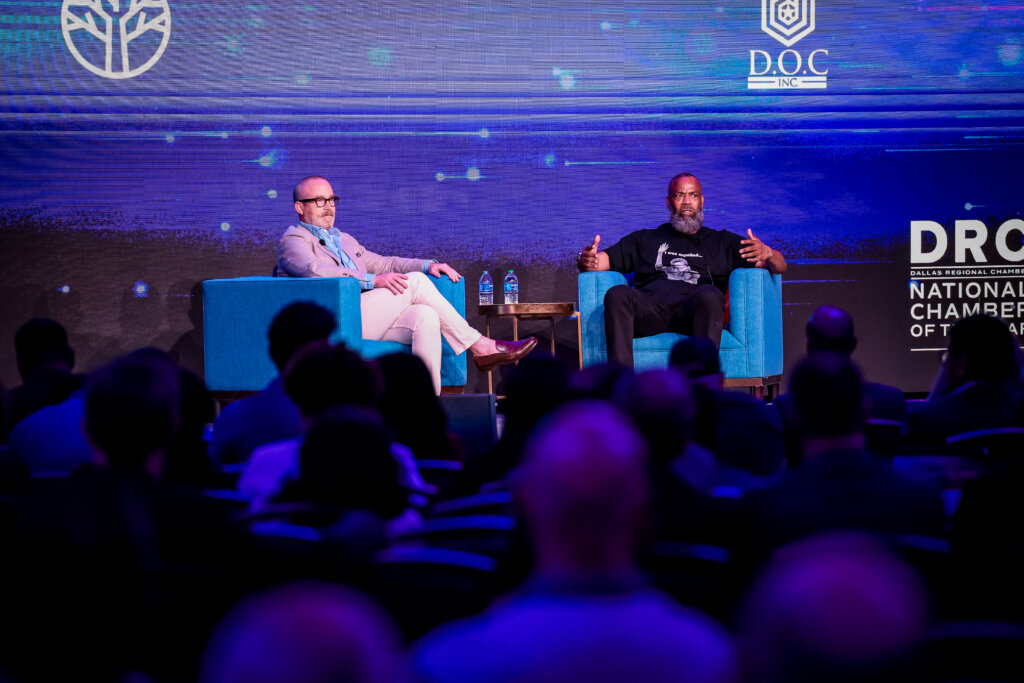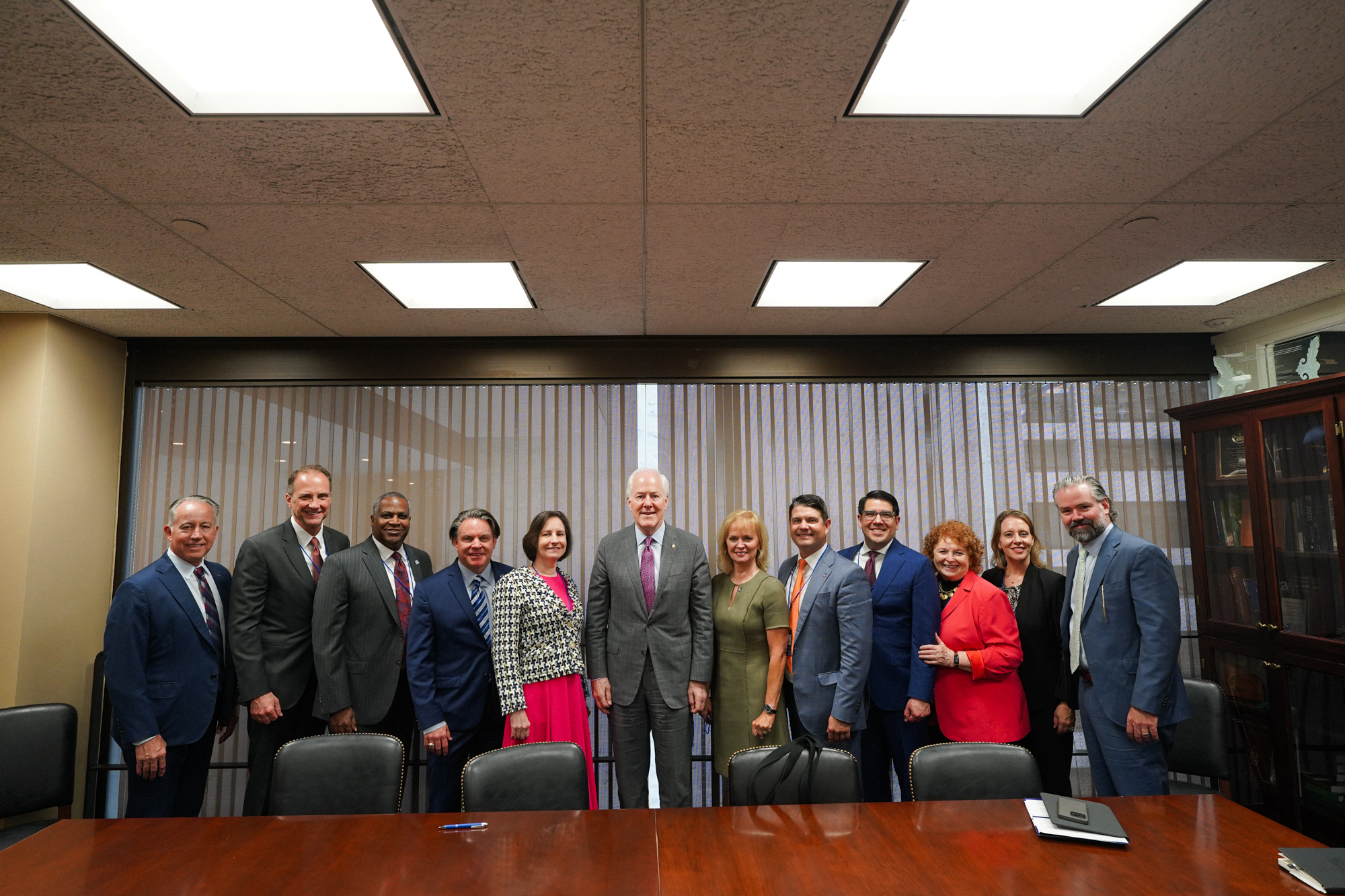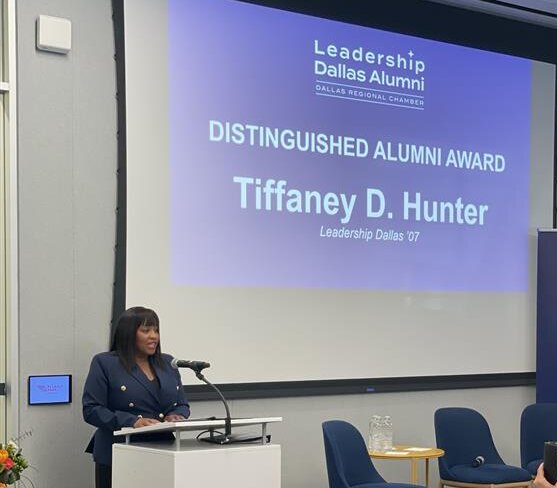By Catie George, Director, Communications & Storytelling
Artificial intelligence (AI) has been an exciting space for innovation in recent years. The Dallas Regional Chamber (DRC) hosted its first-ever Convergence AI Dallas event in May to discuss applied AI developments, advancements, and regulations.
In a session on AI regulation, Texas Senator Tan Parker and Texas Representative Giovanni Capriglione discussed AI’s rapid growth, concerns around its unethical use, and how they plan to regulate it. Below are five takeaways from their discussion.
AI is already being used by the government for efficiency.
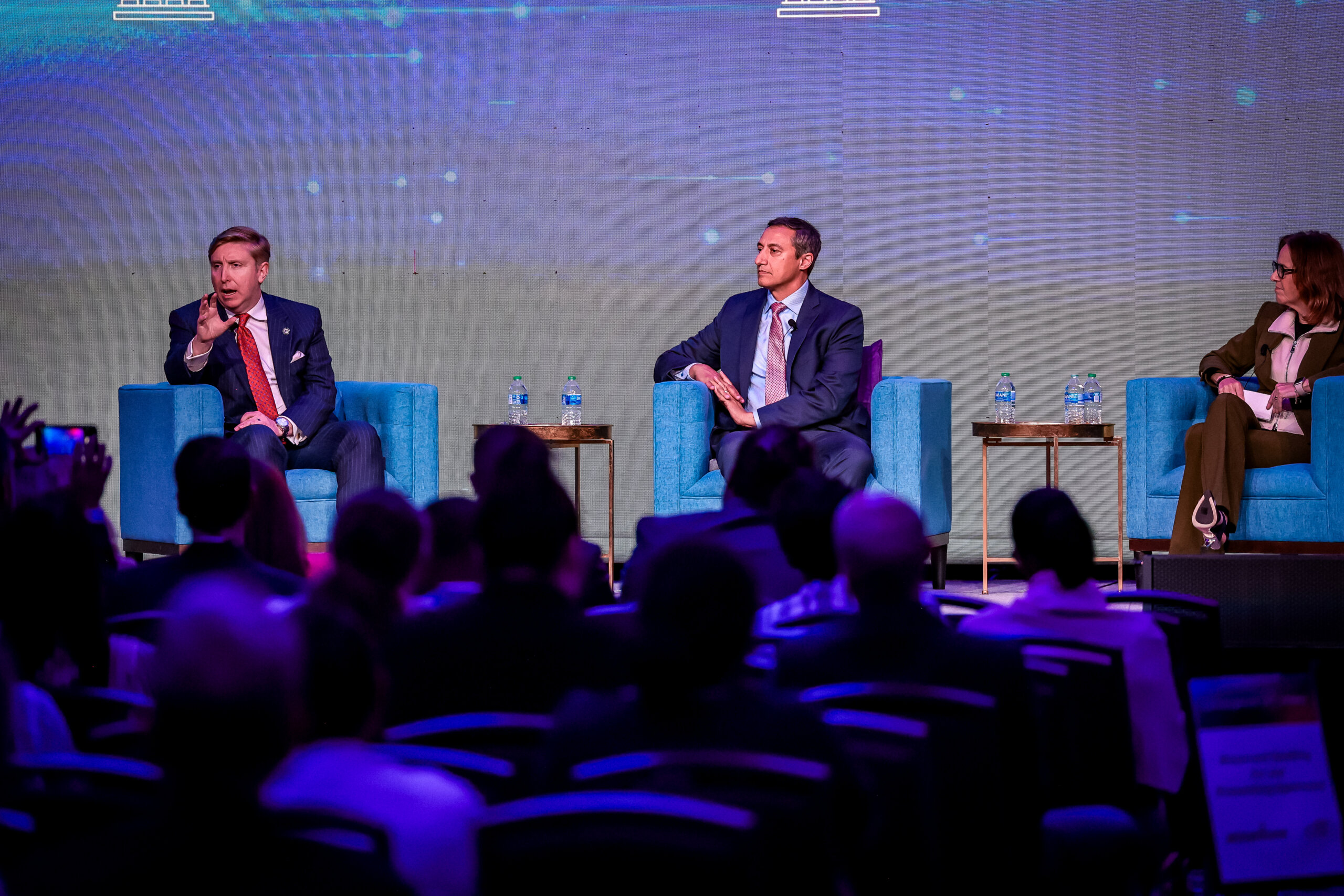
As Chair of the House Select Committee on Artificial Intelligence & Emerging Technologies, Chairman Capriglione shared that the Texas Workforce Commission, the agency overseeing and providing workforce development services, has been using AI to do sentiment analysis and identify whether callers are getting the automated help they need. If not, the commission can dispatch customer service representatives to help. Capriglione also shared that legislators have inventoried how state agencies are using AI technologies.
Parker shared the innovative ways the Texas Department of Transportation is using AI.
“Things that were taking many weeks to process, very basic, rudimentary types of processes supporting their normal business function, would take three or four weeks. Now they’re taking 34 seconds,” said Parker. “That’s where you see tremendous upside potential that we’re excited about because, at the end of the day, we want ingenuity and creativity to thrive in this. And nowhere in America is there a state that’s thriving more with creativity and ingenuity than Texas.”
Members of the Texas Legislature need to be informed of what is happening with AI.
Capriglione shared that many members are seeing their constituents face issues regarding AI.
“I think ultimately there’ll be hundreds of bills related to artificial intelligence in one way or another filed in January when we get back to session,” he said, adding that the goal “is to help educate the members about what’s going on but also to help corral some of the ideas to make sure that what we’re doing doesn’t completely destroy innovation in the state of Texas. But that being said, there are a lot of opportunities and reasons for us to get involved.”
Bad actors must be punished.
As with many emerging technologies, AI has the potential to be used for good or bad, and lawmakers want to create ways to discourage using AI for nefarious purposes.
“If we don’t take and punish the bad actors, then in a way, it becomes difficult for the good actors to be able to remain innovative in technology,” said Capriglione. “When we’re talking about software applications or AI applications that can affect the life, liberty, and security of individuals, we’re going to work a little bit harder on the framework to make sure that things have audits, assessments, and transformation.”
Parker shared that an ethical code of conduct will be the law’s guiding light regarding AI regulation.
“We’re going to be very aggressive when it comes to the protection of vulnerable populations and children in particular,” said Parker. “You have to have real laws in place so that people know there are consequences that will be very severe for utilizing this technology in an incorrect, inappropriate, and unethical manner.”

To regulate AI, lawmakers need the input of those already using it.
Lawmakers are not experts on the AI technology they are expected to regulate. Therefore, it is important that they hear from experts in the field and those who create and use AI products. Capriglione’s AI select committee has issued an invitation for testimony from companies and individuals using AI to help them understand all things.
“Everyone listening to this discussion is welcome to come and testify in their individual capacity. If your corporation, be it small, mid-sized, or large, would like to come and testify, notify us. We will do some vital testimony for corporations that want to provide their perspective on AI. But everybody in Texas, every citizen in Texas who has something to share with the committee, is welcome,” said Parker. “At the end of the day, as a lawmaker, we’re only as good as the feedback that we get from each of you.”
This is only the beginning.
Capriglione shared that while there has been great legislative progress, such as the passage of his Data and Privacy Security Act (HB 4) last session, there is still a way to go.
“We’re at the beginning. We’re really in the infancy of this journey. And so, we really welcome your feedback and collaboration,” said Parker. “It’ll only be the product it should be if you give us the kind of feedback and time we ask of you as constituents.”
Capriglione also shared that Texas has the chance to lead the way in this space.
“My perspective is that when Texas leads and does something right, the rest of the country will follow. And I believe that to be the case with AI as well,” he said.
To learn more about the DRC’s Convergence AI event, read our recap.
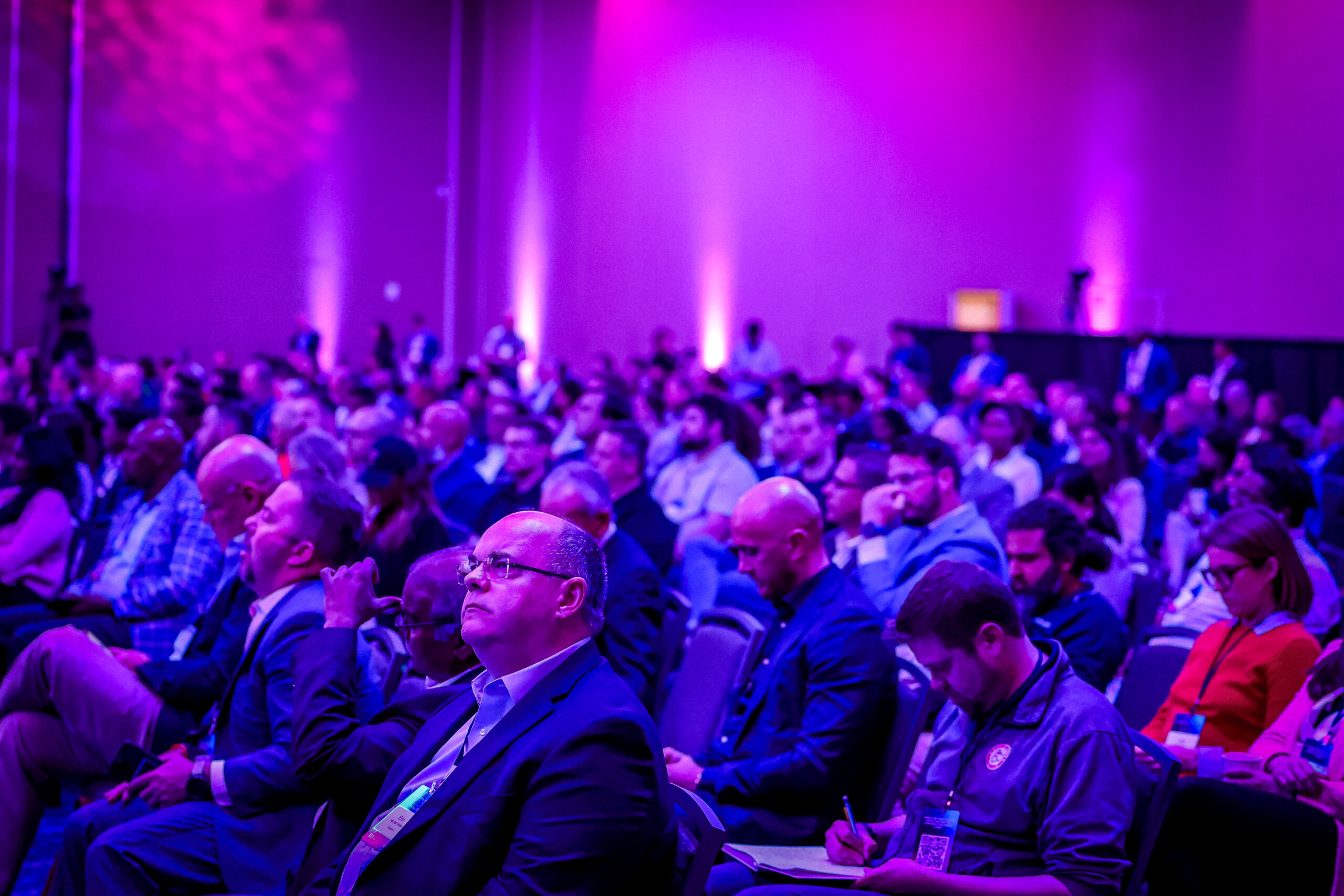

 During the 88th Texas Legislative Session in 2023, state lawmakers approved House Bill (HB) 1605 – a DRC priority – to invest more than $800 million in the development of high-quality instructional materials for public school classrooms.
During the 88th Texas Legislative Session in 2023, state lawmakers approved House Bill (HB) 1605 – a DRC priority – to invest more than $800 million in the development of high-quality instructional materials for public school classrooms.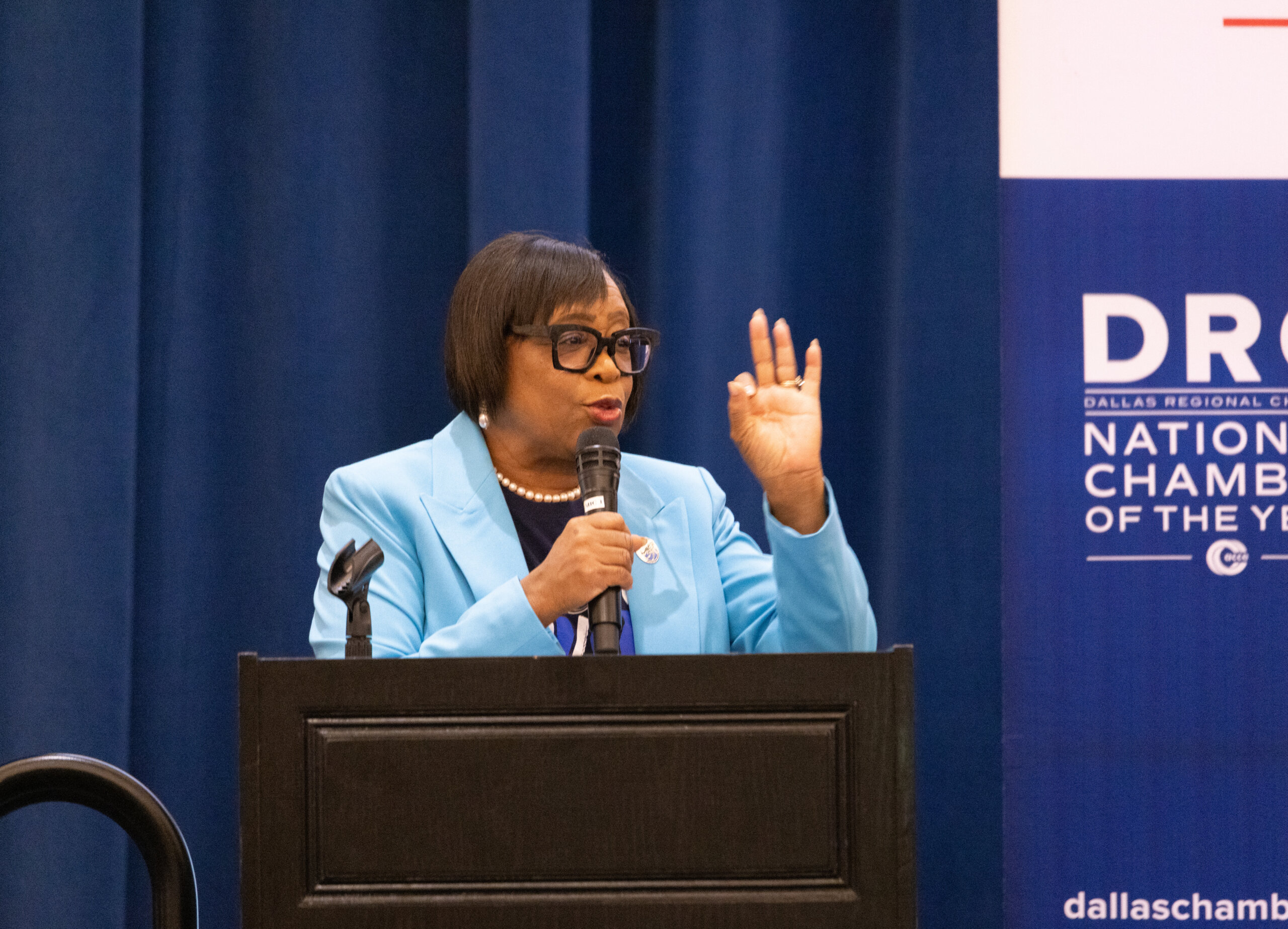
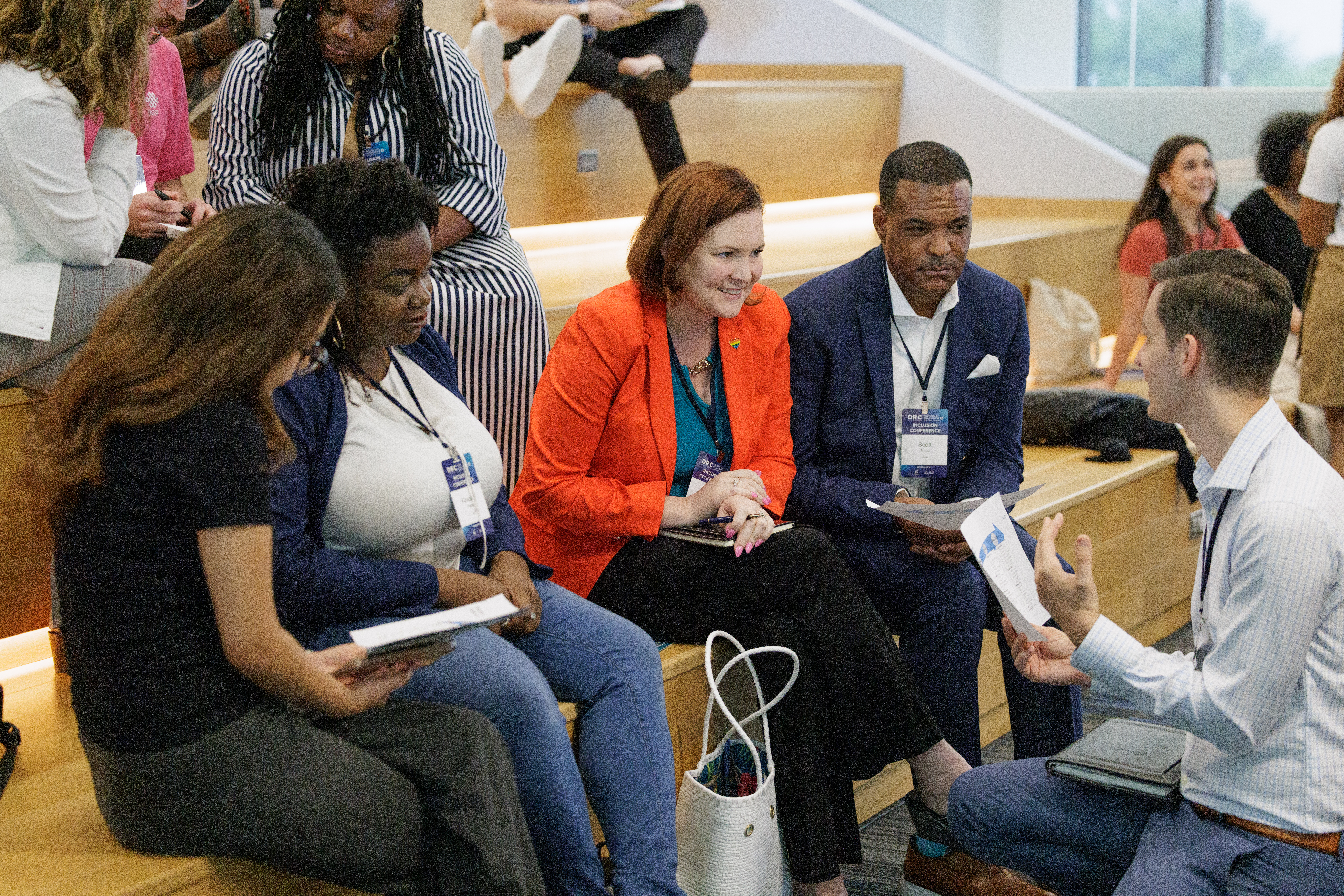
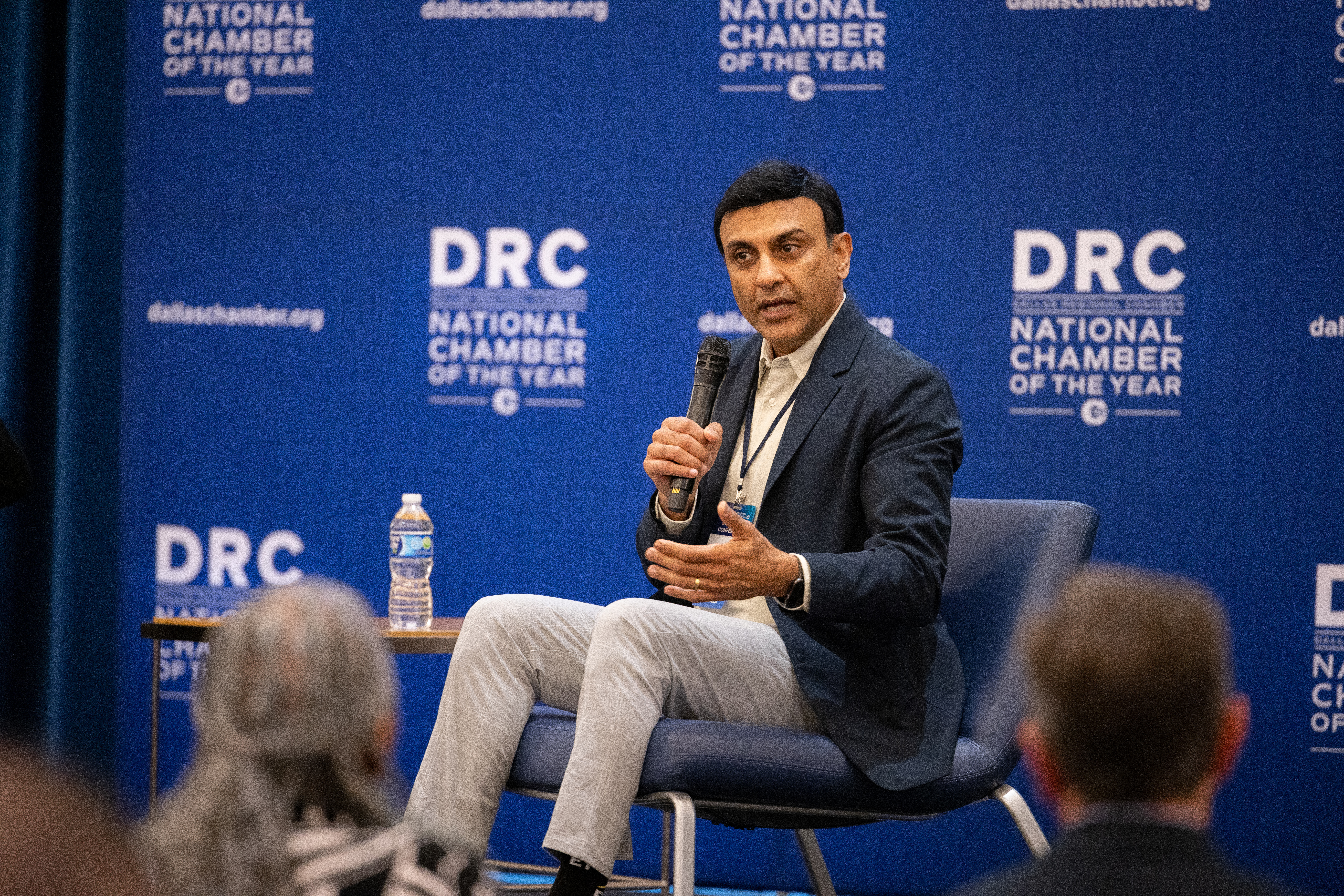
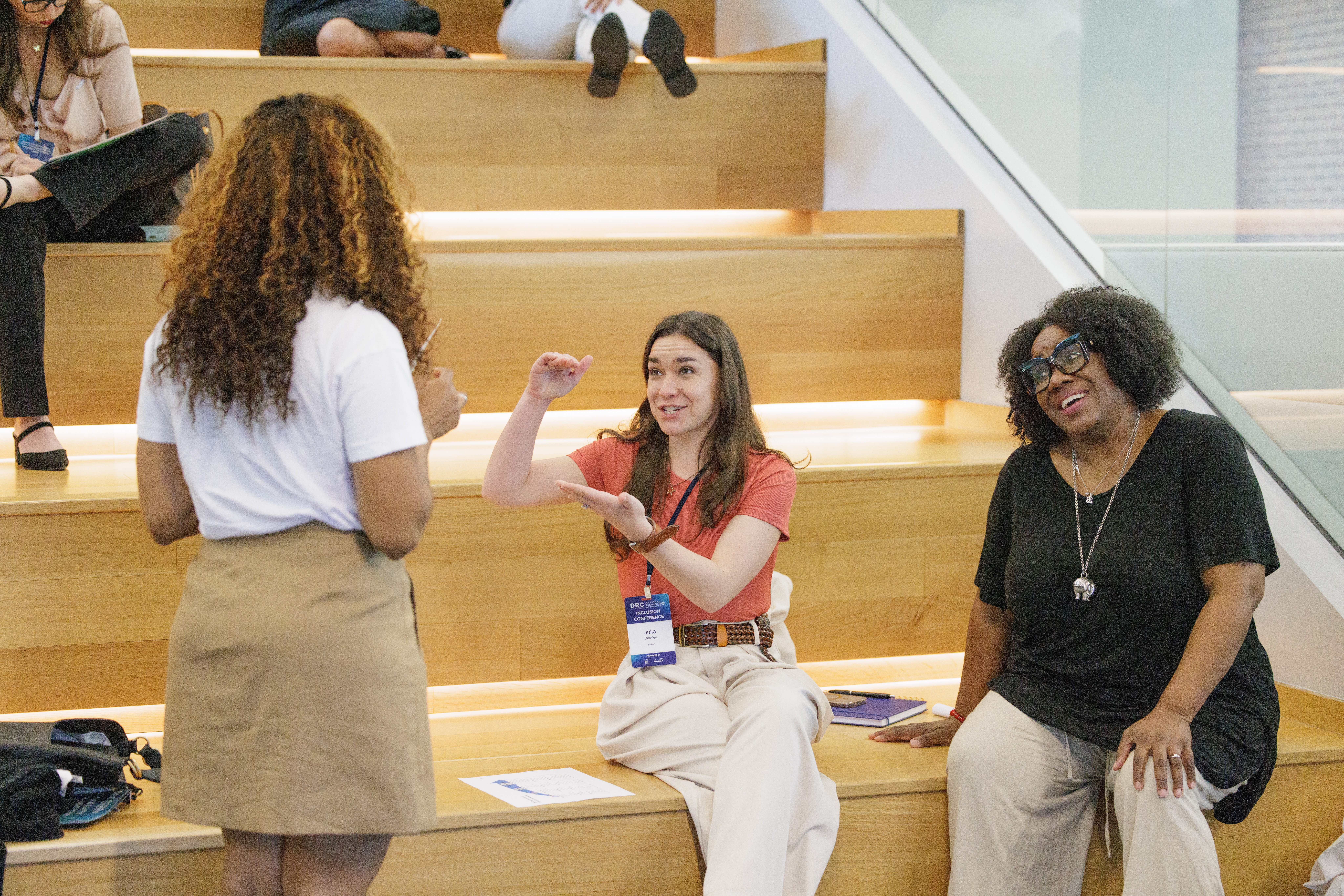





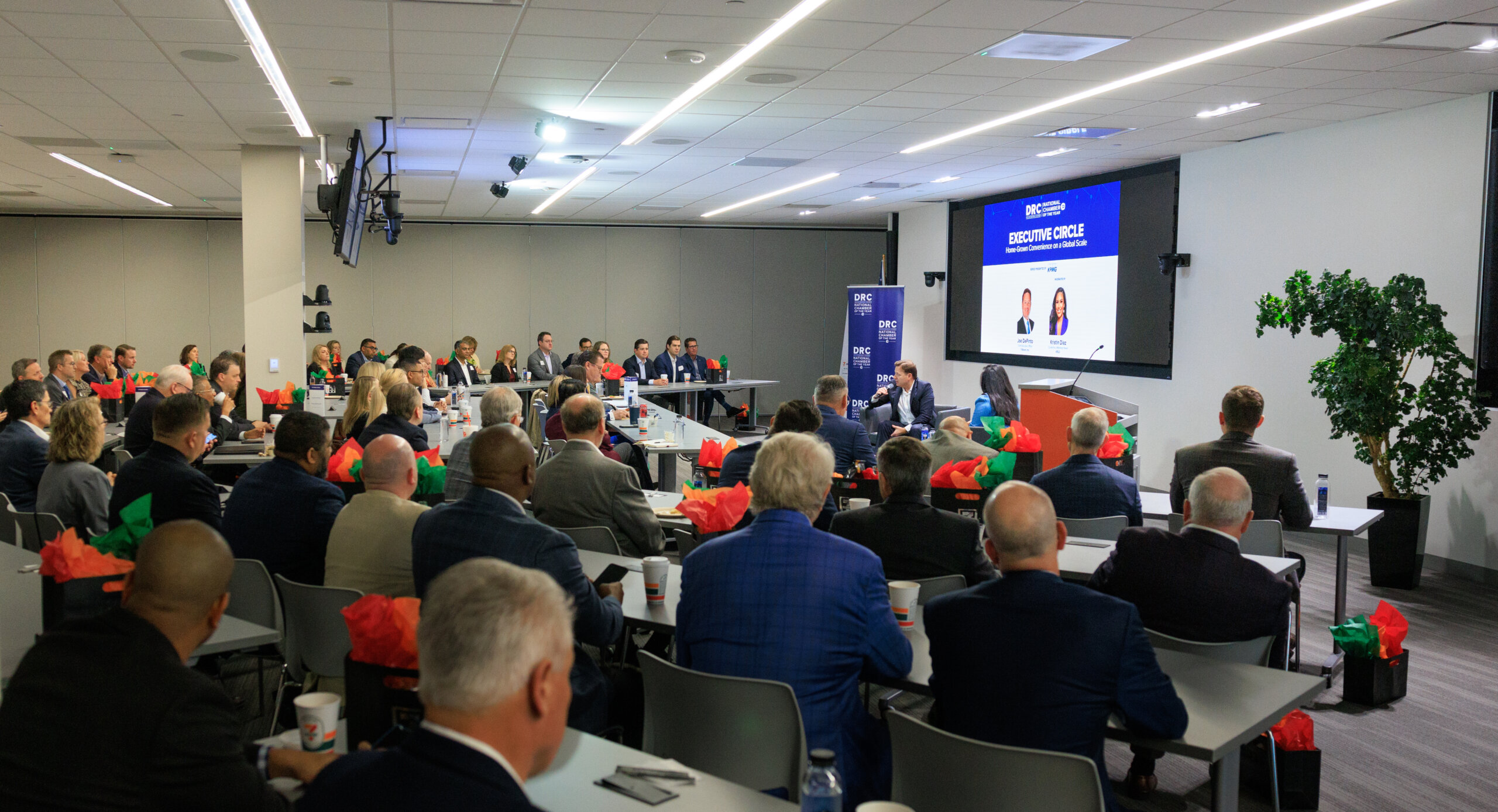
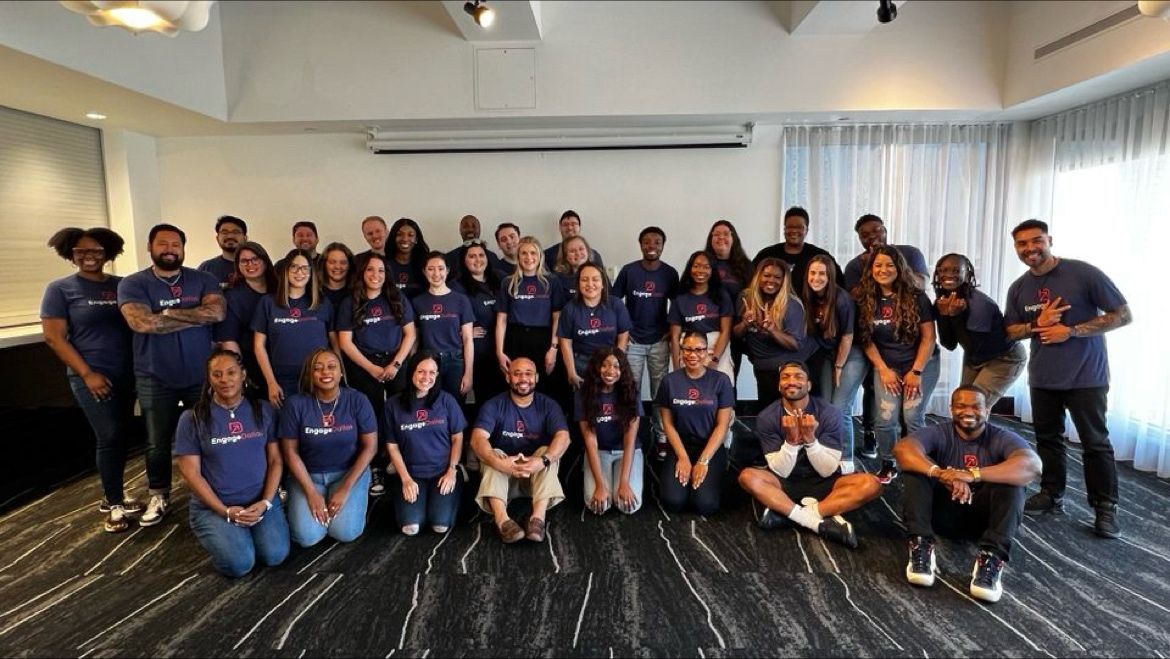



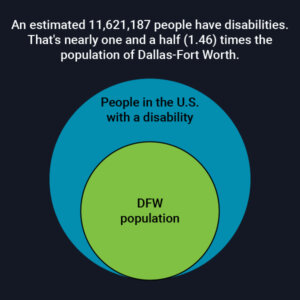
 A customized approach to disability inclusion
A customized approach to disability inclusion
